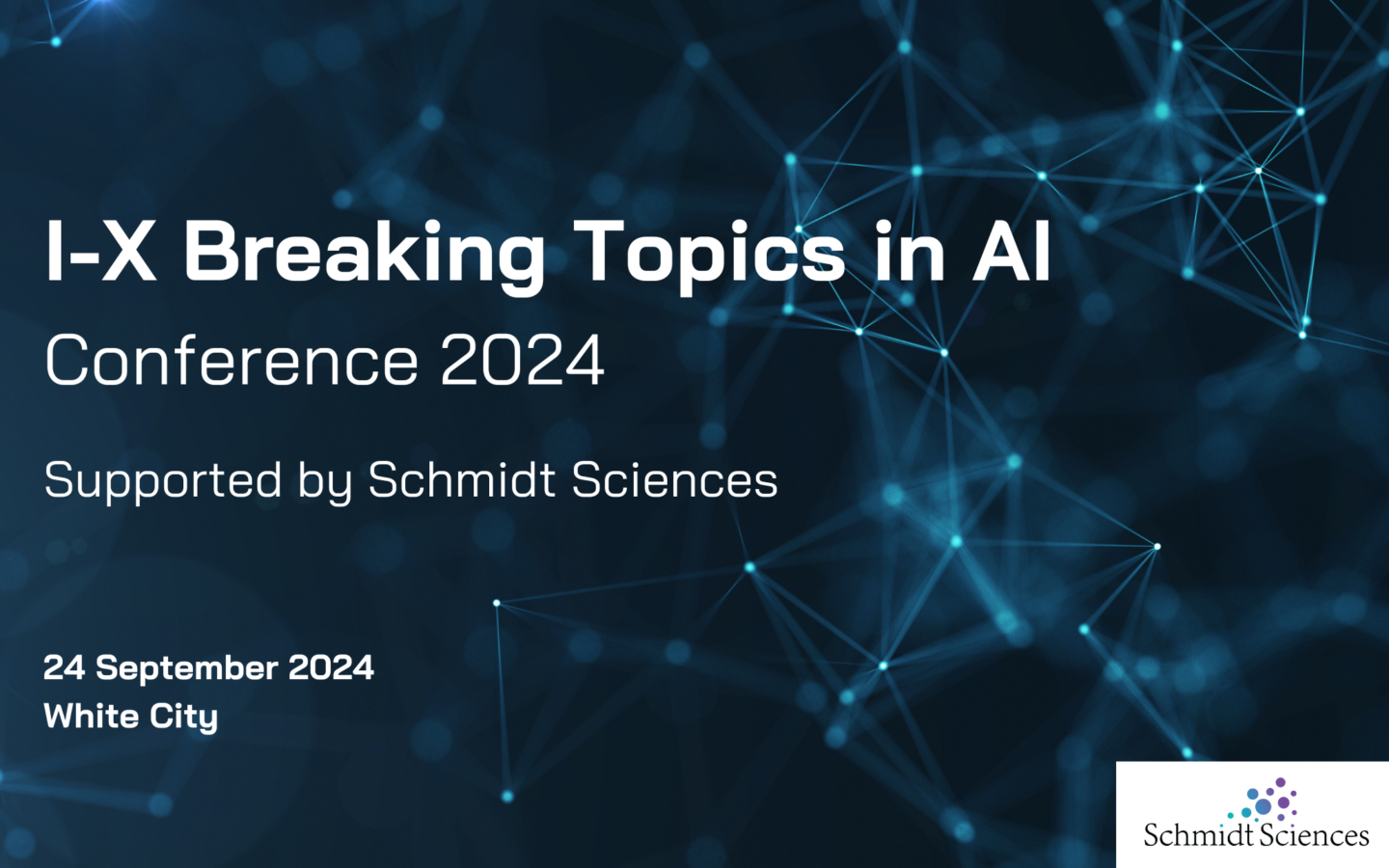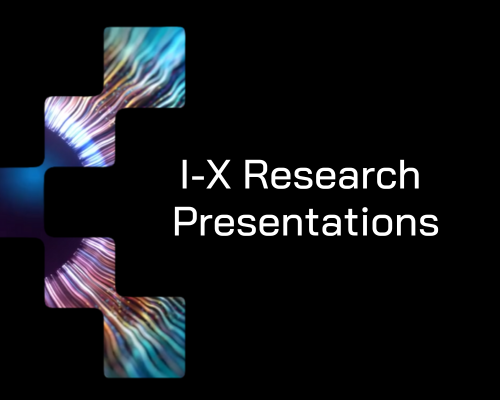Talk Summary
We’re pleased to be hosting this brainstorm on Tuesday 7 February 14.00-17.00 in the I-X office at the I-Hub, White City campus. Further info below. Please RSVP here to join in.
In this informal meeting, we will discuss applications of Graph neural networks to healthcare research and practical challenges for effective development – including approaches to classification and prediction tasks using biomedical imaging. An exemplar will be applications to understanding human ageing. This will be a chance to discuss ideas and learn from applications across different AI domains. Everyone is welcome to attend.


